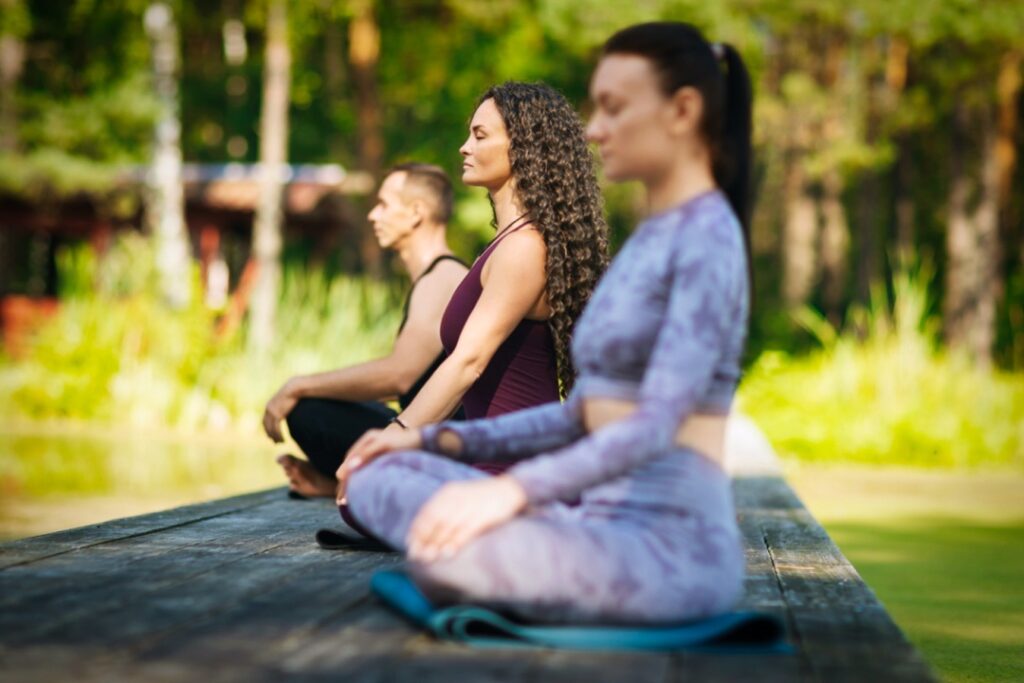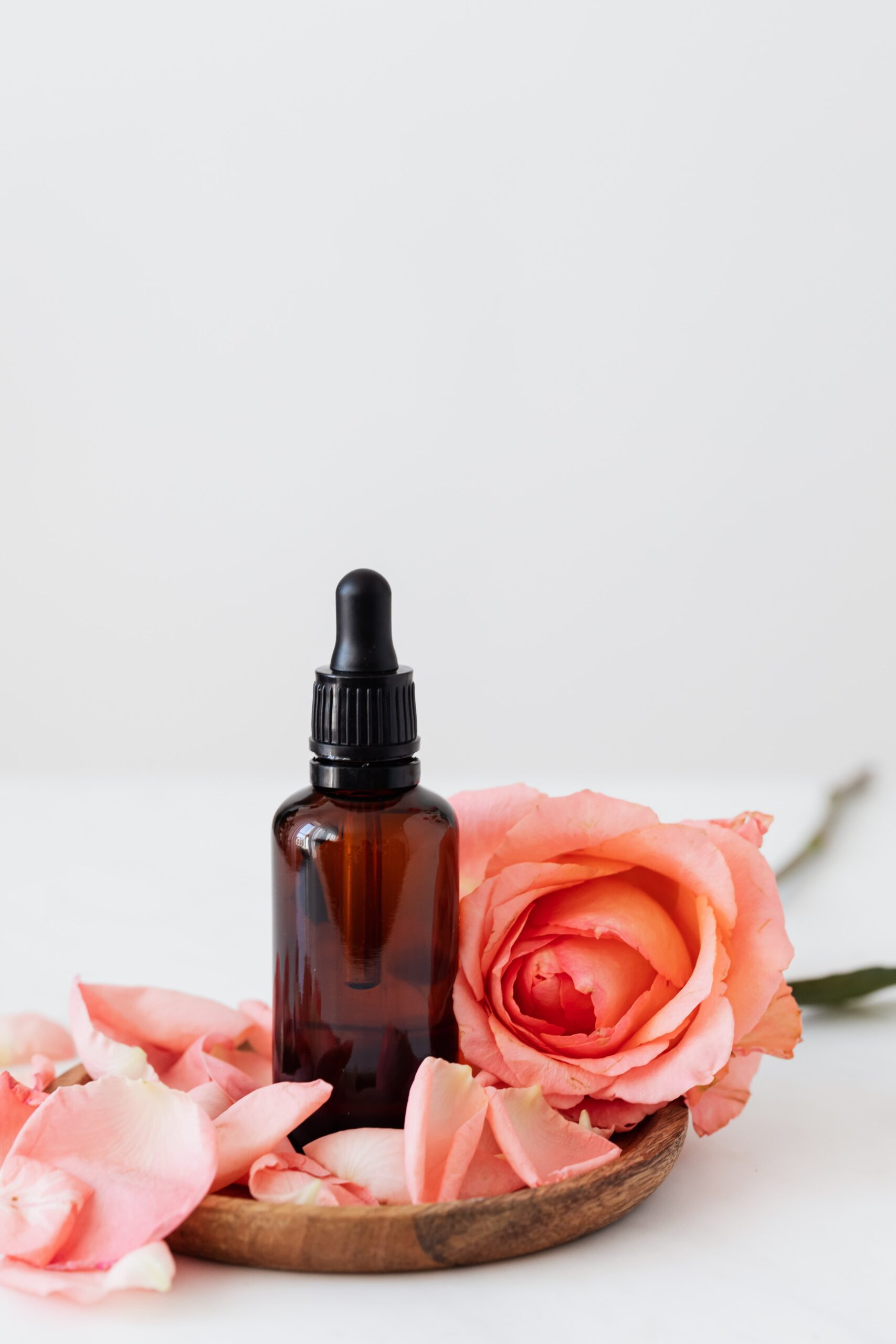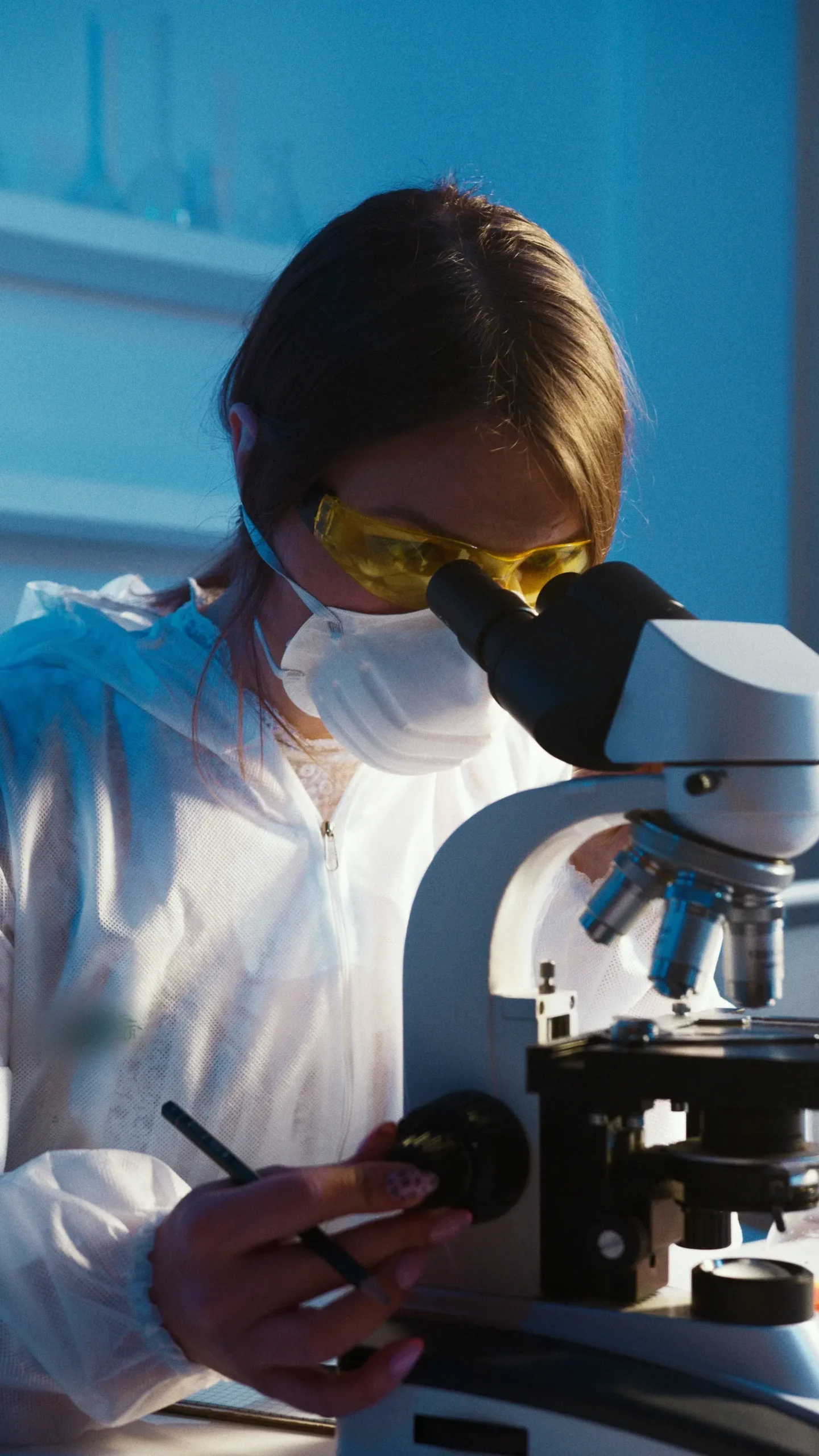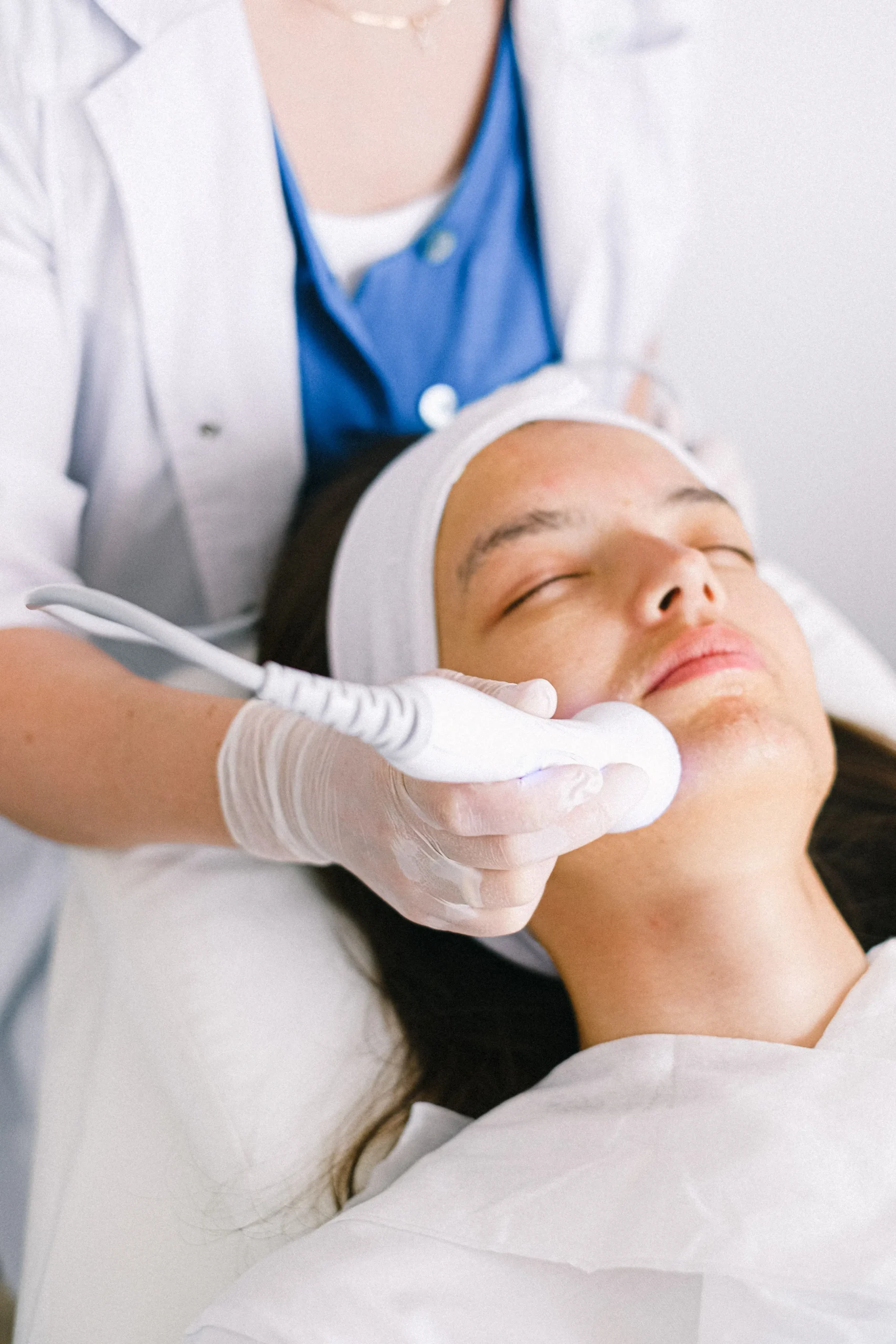BREATH THERAPY
Poor breathing technique—or breathing from the chest rather than the abdomen— can contribute to many diseases and disorders. When we breathe in, oxygen passes through the lungs and is absorbed into the bloodstream. We then breathe carbon dioxide back into the air, But if breathing is too shallow, the body does not eliminate enough carbon dioxide through the mucous membranes of the lungs. This disrupts cellular respiration nd cell metabolism and may cause a decline in mental capacity because the brain does not get enough oxygen. The primary causes of faulty breathing are anxiety or stress, poor posture, clothing that is too tight and, in some cases, surgery. With breath therapy, you can relearn proper breathing techniques, which will help to alleviate tension, relieve asthma and Insomnia, increase metabolic rate and make a crucial contribution to the health of your immune system.
ABDOMINAL BREATHING
This exercise will help you breathe from your abdomen.
- Lie down on the floor with your calves resting on a chair or stool (above).
- Place 3 books on your abdomen over your navel. Breathe deeply and calmly. Feel the weight of the books on your belly.
- Remove 1 book. Notice that your belly feels lighter and your breathing is deeper. Remove the other books, 1 at a time, pausing in between to focus on the feeling of breathing deeply.
- Attend of the exercise, place your hands on your belly and consciously breathe from your abdomen for a few minutes.
BREATH THERAPY
The Treatment: The goal of the treatment is to promote a proper breathing form that is rbythmic and engages the abdominal muscles and diaphragm. Shallow chest breathing, in which only the rib cage rises and falls, should be reduced as much as possible. In addition, intentional yawning and stretching from the waist up gradually increase lung volume.
🙤 Massage to enhance breathing
Targeted massage of the connective tissue in the chest, back, arms and abdomen loosens the muscles and facilitates unrestricted breathing.
🙤 Breath therapy
Many people can improve their breathing patterns on their own, but some may require assistance from a professional through either individual or group sessions. A therapist who specializes in breath work stimulates the breathing process via the patient’s conscious awareness. This targeted training concentrates on breathing depth and rhythm and promotes the optimum distribution of abdominal and chest breathing. Proper posture is also a focus.
Extra Tip
Laughter is a good exercise for the breathing muscles. When you laugh, the upward and downward movement of your diaphragm is particularly intense and massages your internal organs.
Useful for stress, anxiety, overall fatigue, sleep and speech d isorders bredtfiing and difficulty in properly
✽ Self-Massage Techniques ✽
♦ For people with heart problems
The following breathing exercise can be performed as a supporting treatment for people with cardiovascular disease. Slowly breathe in deeply through your nose, then purse your lips and breathe out through your mouth. This exercise promotes relaxation, lowers blood pressure and helps ensure proper oxygenation of the blood.
♦ For hyperventilation
Anxiety often causes the fast and shallow breathing that can eliminate too much carbon dioxide. This can lead to hyperventilation, which in turn increases feelings of anxiety. For acute hyperventilation, it is helpful to hold a paper bag in front of your mouth and to inhale the expelled air a few times. Afterward, it is important to breathe slowly and calmly, emphasizing exhalation
breathing exercise
♦ To boost your energy level, clasp your hands in front of your abdomen, palms facing up. While breathing in, lift your hands to chest level. Turn your palms down. As 9% you breathe out, push your arms and hands down until they are straight. Leaving your hands clasped, breathe 7 in as you bring your arms forward and up over your head. Slowly lower your arms as you breathe out. Repeat 2 for a total of 3 times.
♦ To relieve tension and stress, let your arms and hands hang next to your body. As you inhale deeply, stretch your arms outward and sideways, lifting g your arms until your body forms shape. Exhale forcefully and through your mouth as allow your arms to sink slowly down next to your body. Rest for a beat, then repeat the exercise for a total of 3 times.

Extra Tip
Laughter is a good exercise for the breathing muscles. When you laugh, the upward and downward movement of your diaphragm is particularly intense and massages your internal organs.













